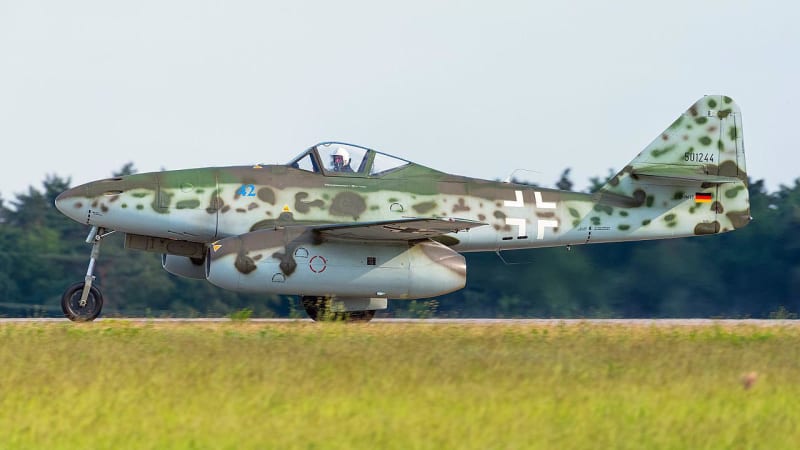Update:
The FAA is accepting for now the assertions from Boeing that the system modifications can reduce the hazards. It also seems that the largest pilot's unions in the USA are on board with proposed (non-simulator) training changes. The scope of the training changes seems to be growing beyond the 737-Max but to include all 737's. This is expressed as an oversight, or inadequacy in the procedure on all of the models that can be corrected at the same time as this one. Training on simulators is not being pursued. Training the flight crew responses to AoA sensor equipment failures does not seem to have been discussed.
For their part, pilots from American Airlines say they have
tested the proposed fixes from Boeing in simulators, but AA does not plan to offer simulator training to all pilots flying the 737 Max. Depending on the articles I read, it seems that the community of airline pilots are not fully behind the union's position that simulator training is not required.
I am relieved to see that Canada has the right person in the lead of this case:
Transport Minister Marc Garneau said on Wednesday that the planes would be grounded “for as long as it takes” and pilots should experience the fixes Boeing is devising in simulators instead of relying only on more basic, computer-based ground training.
The stance of Transport Canada, if it's maintained after the US reintroduction of the 737-Max without sim time, could become a painful competitiveness issue between our countries' airlines. I personally support Garneau's position. The "modern" analytical method has failed, so the "old" simulator method of training should be adopted. It will be far more effective at restoring public trust than another analysis. It may also assert some reality check on the assumptions in the safety analysis, which, who knows, may still be flawed. If the regulator imposes simulator training on the air carriers, which presumably would include response to system failure, then the back-and-forth decision about training costs gets taken away from airlines.
I am curious to see the results of simulator scenarios based on the new MCAS, especially the results from pilots who are subjected to the MCAS behaviour with an AoA sensor (or other type) failure. And I would want to see it done with airline pilot crews, not just Boeing's company test crews. Comparison with
the simulator test of an original MCAS failure would give everyone a much better understanding of the level of improvement that can actually be achieved. I do wonder how many crews in the sim will crack up on their first try, before getting the procedure down and steadying the plane out.
No one believes the theory except the one who developed it. Everyone believes the experiment except the one who ran it.
STF




